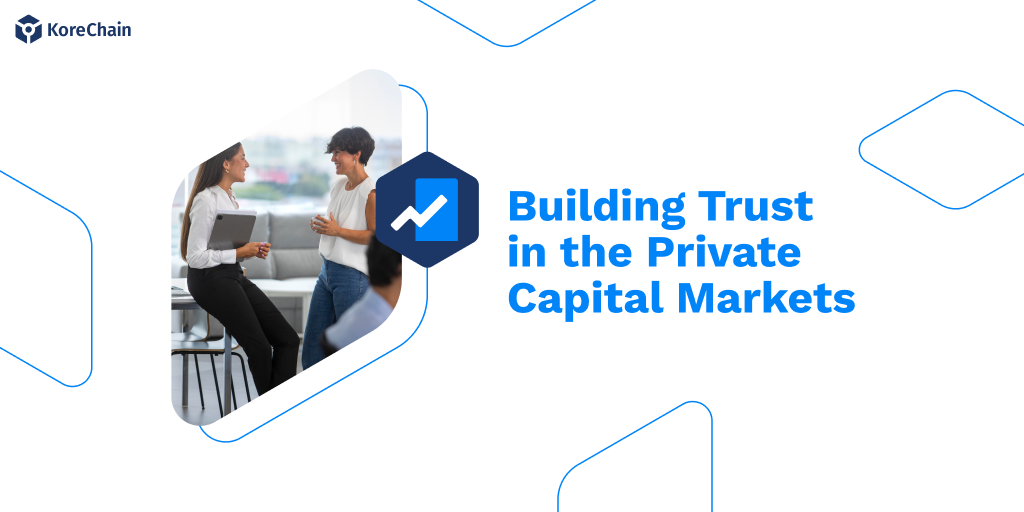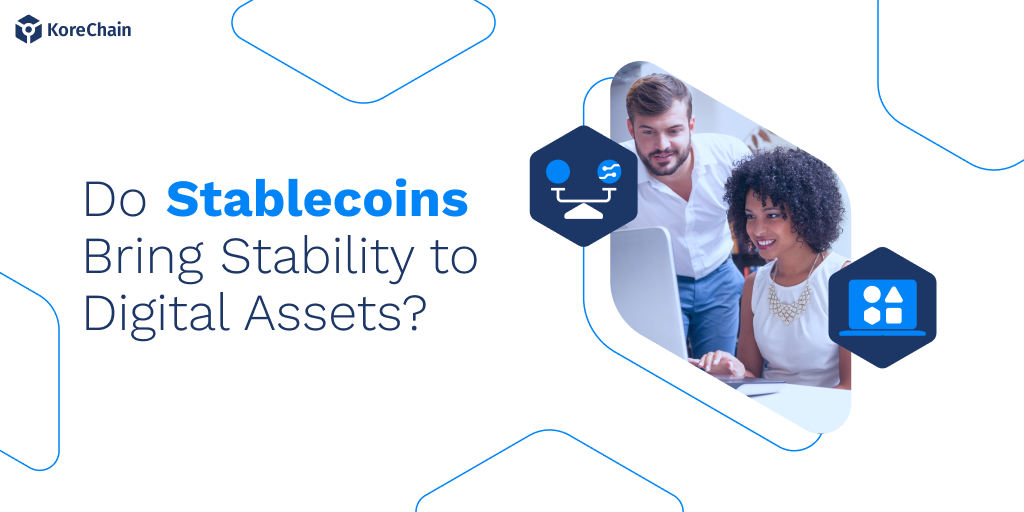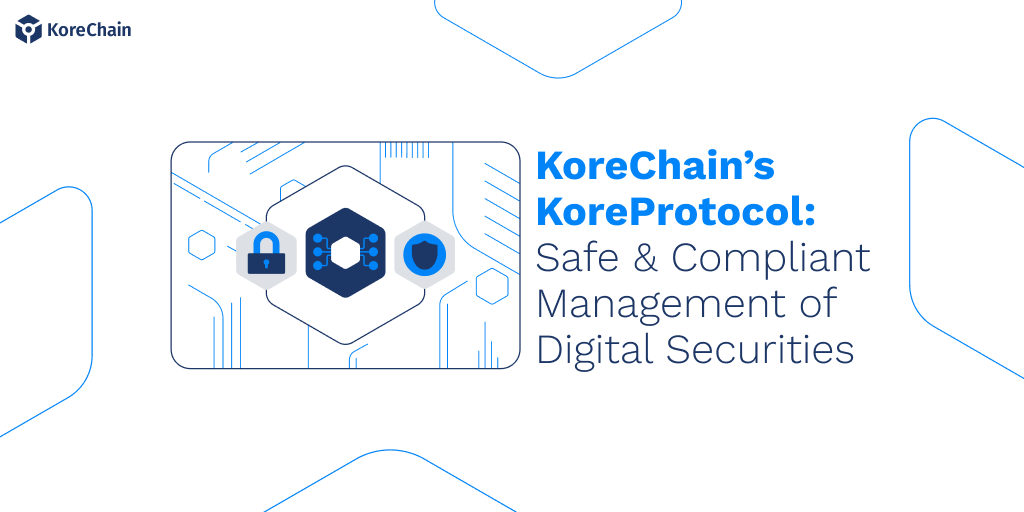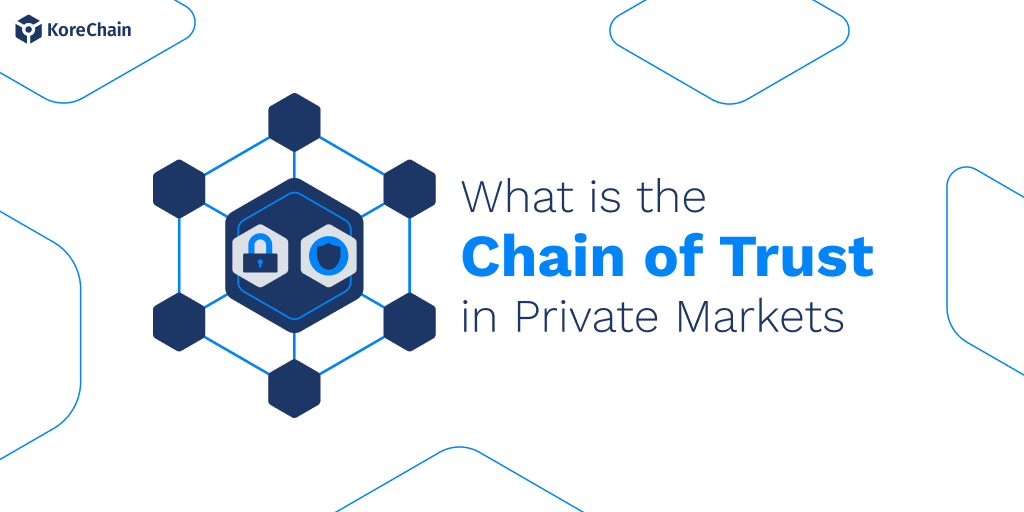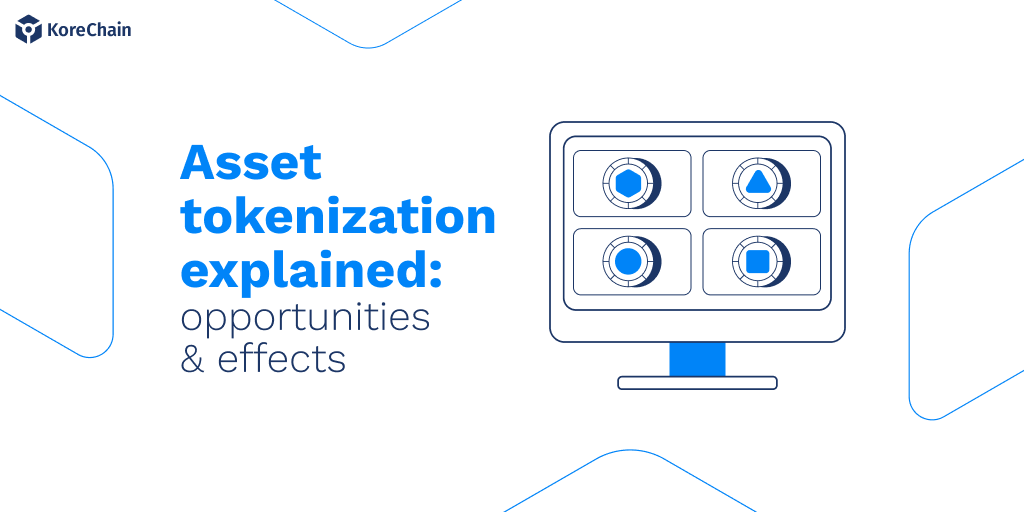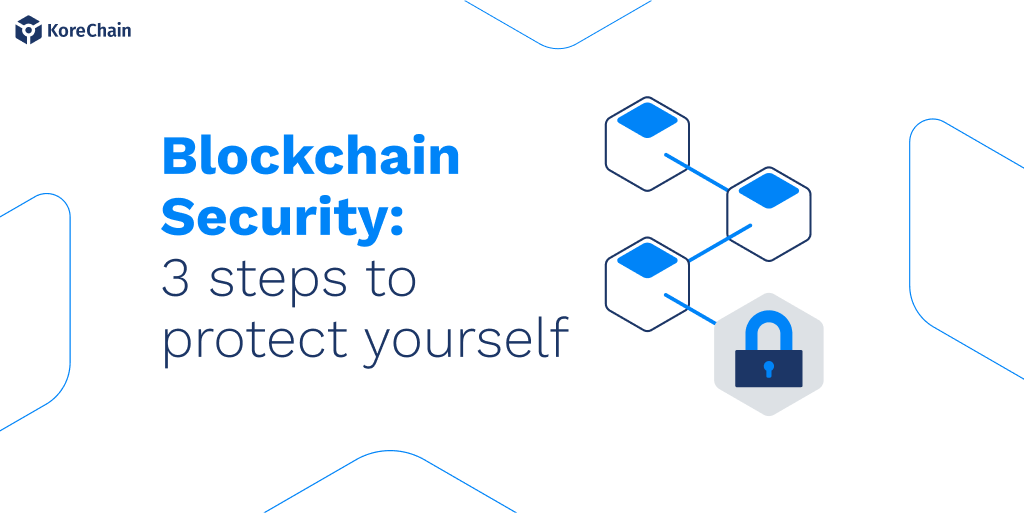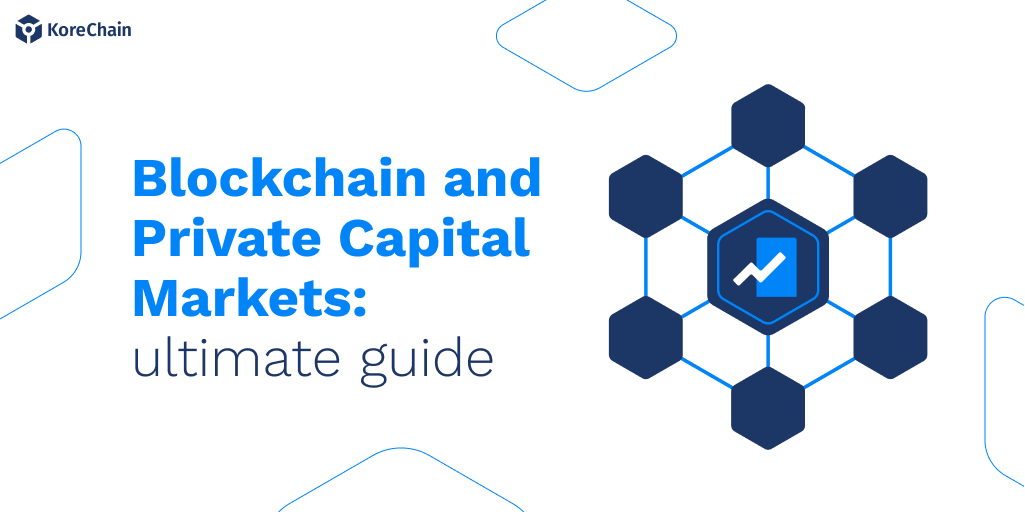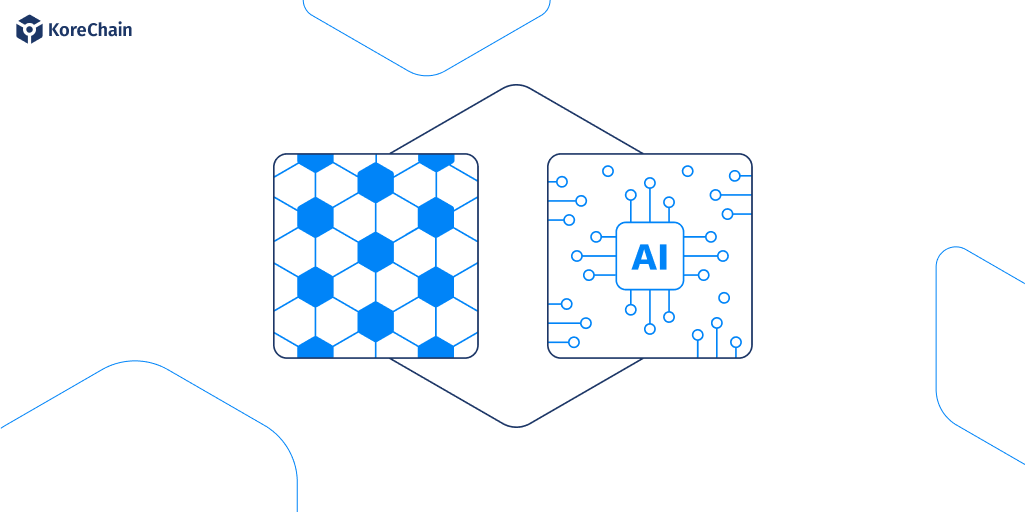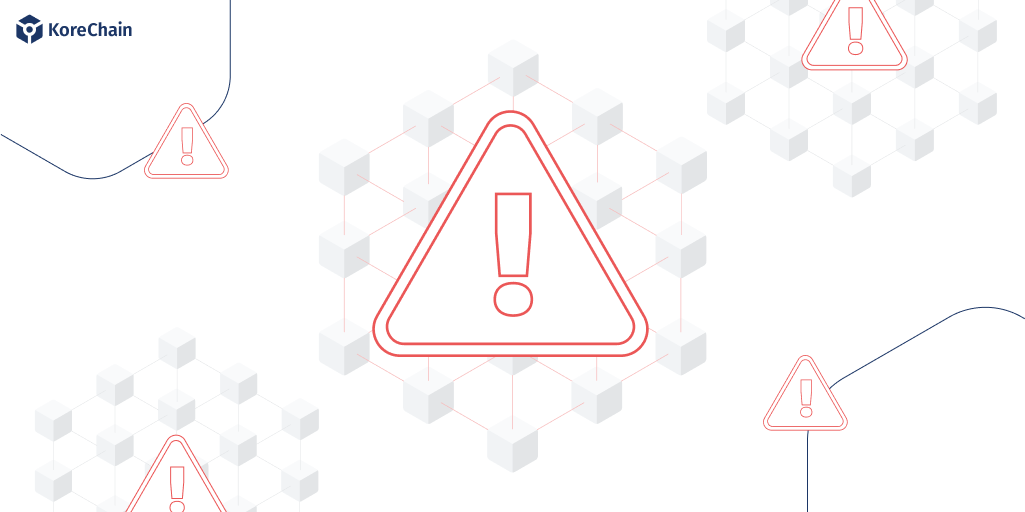The Importance of Trust in Financial Transactions
Trust is the foundation of modern financial transactions. Without it, the intricate spider web and rabbit warren of financial processes that form the global financial system would collapse. Every financial contract, whether it is a legal contract or a social contract would be uncertain and suspect. The type of deep and universal trust is hard to build and easy to break. The financial world, with its high stakes and complex dealings, has seen its fair share of trust-shattering scandals and thefts.
Trust is lost when there is unchecked risk-taking, outright deceit, or complicated and opaque financial instruments. The 2008 financial crisis, Ponzi schemes (topped by Bernie Madoff’s scandal), and more recently the SBF fiasco don’t exactly inspire trust. These events are stark reminders of what happens when trust is violated in financial transactions. Bad as the financial losses are, the worst effect is the pervasive sense of betrayal among investors, consumers, and even regulators. Some financial losses may be recouped, but loss of trust can last a lifetime.
Building a Chain of Trust with Blockchain
But what if there was a way to incorporate trust into the very foundation of financial transactions? That would make them transparent, secure, and immutable. Moreover, that would provide the foundation for creating a Chain of Trust. Imagine a scenario where every transaction in a business process is not only connected to the ones before and after it but is also recorded in a way that cannot be altered or disputed. This is not fantasy or sci-fi. It is possible with a correctly engineered permissioned blockchain.
At a very fundamental level, blockchain is a distributed ledger that records transactions immutably after forming consensus among all the appropriate parties. A transaction recorded on the chain is trusted, provided the participants have been verified and vetted. Moreover, the transaction must be compliant with all applicable regulations. Finally, the transaction must conform to contract law. These requirements lead to a new paradigm in the private financial markets: the Chain of Trust. Not only are transactions on the chain technically linked, but they can also be proven to be compatible with regulation.
Unveiling the Power of Permissioned Blockchains
All of the above presumes that the blockchain architecture does in fact support such compliant transactions. Not all blockchains are created equal. In the context of financial transactions, where privacy and regulatory compliance are paramount, permissioned blockchains emerge as the right vehicle to implement this Chain of Trust. Unlike their permissionless counterparts, where anyone can join and participate in the network, permissioned blockchains restrict access to trusted entities only. This setup provides a safe and controlled environment where transactions are recorded and accessed by authorized and mostly regulated participants.
A permissioned blockchain serves as a digital ledger that only pre-approved members can access, ensuring that each participant is known and accountable. This is crucial for investors, broker-dealers, companies raising money, and regulators, who need assurance that their transactions are secure, compliant, and verifiable. By leveraging this technology, we can create a financial ecosystem where trust is not just expected but embedded in the system itself.
Building Momentum for Change
The value proposition of a rightly architected permissioned blockchain and the Chain of Trust it creates is not just in its security features. It’s also about efficiency and speed. Traditional financial transactions, especially those crossing borders, can be slow and fraught with red tape. With blockchain, these transactions can be streamlined, reducing the need for much of the manual intermediation, and cutting down on manual follow up and reconciliation.
Of course, no system is without its challenges. Implementing a permissioned blockchain has the challenge of creating a sufficient base of applications that work seemlessly with each other. Think of these as reference solutions that others can adopt and on which they can build and innovate. This does not require a significant overhaul of existing systems, since the goal is to completely comply with regulation. It also doesn’t require interoperability. If there is no other game in town, interoperability is moot. However, an open-ended architecture and the willingness to work with all the participants in private capital markets goes a long way in creating momentum.
So, to our investors, broker-dealers, companies looking to raise funds, and the diligent regulators keeping watch: the future of financial transactions is not a distant future or a sci-fi fantasy. It’s here now. It creates a future where trust is not a luxury but a given, thanks to the transformative power of permissioned blockchains and the Chain of Trust they enable. The road ahead may be long and winding, but the destination – a more trustworthy and efficient financial system – is clear.





